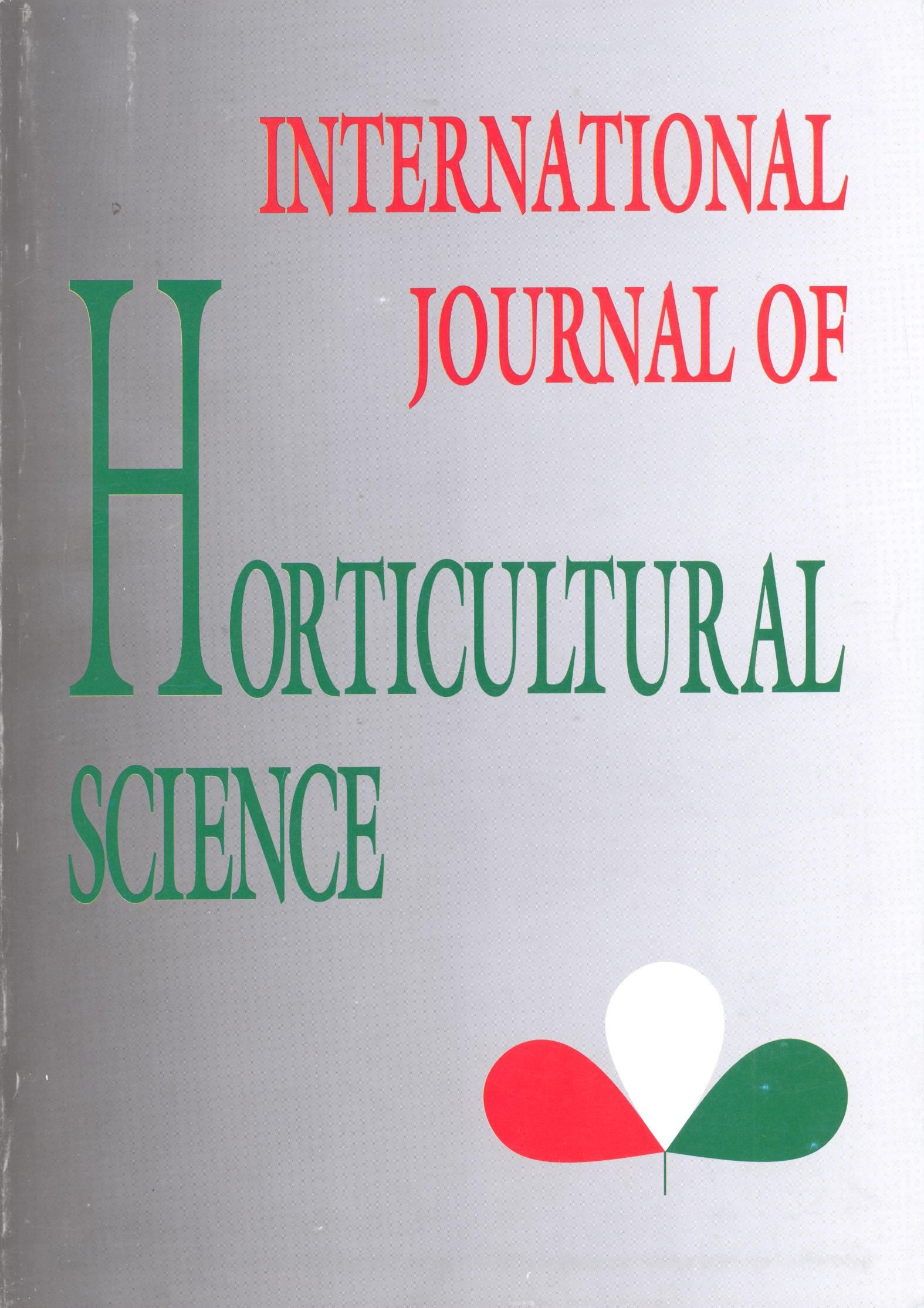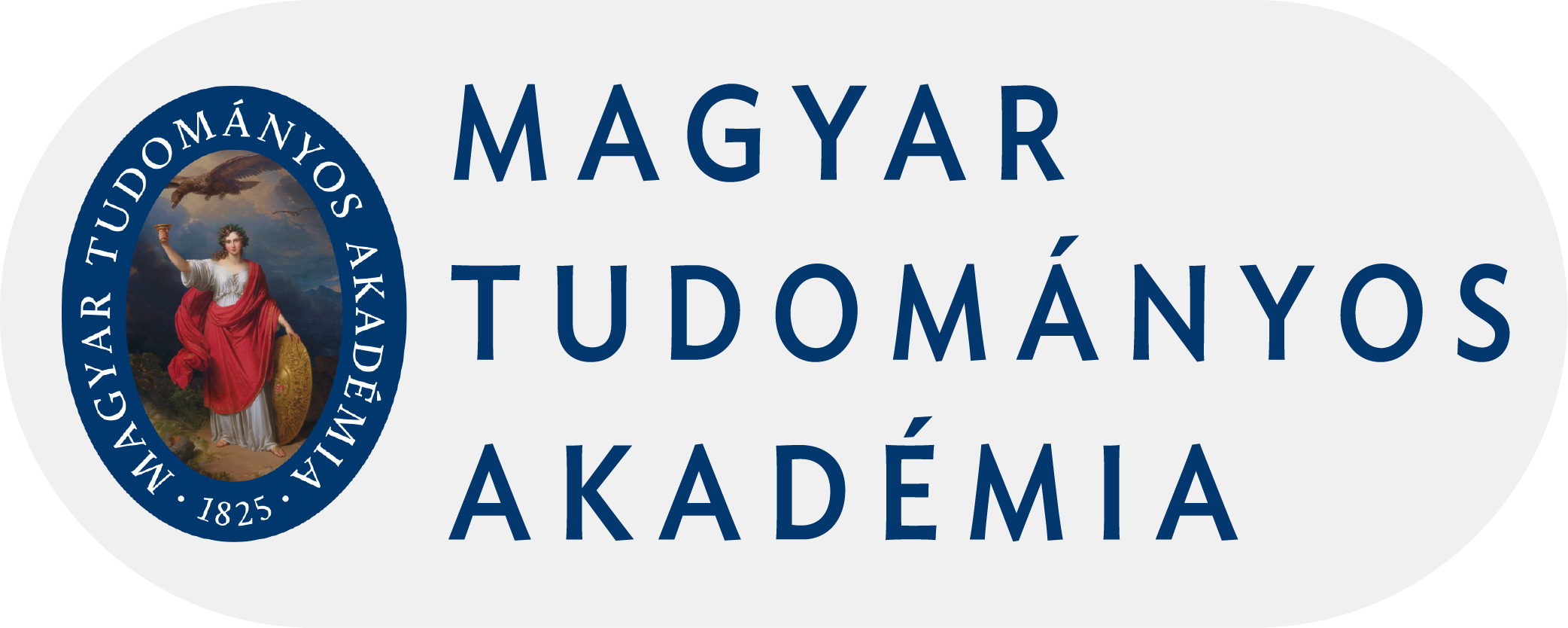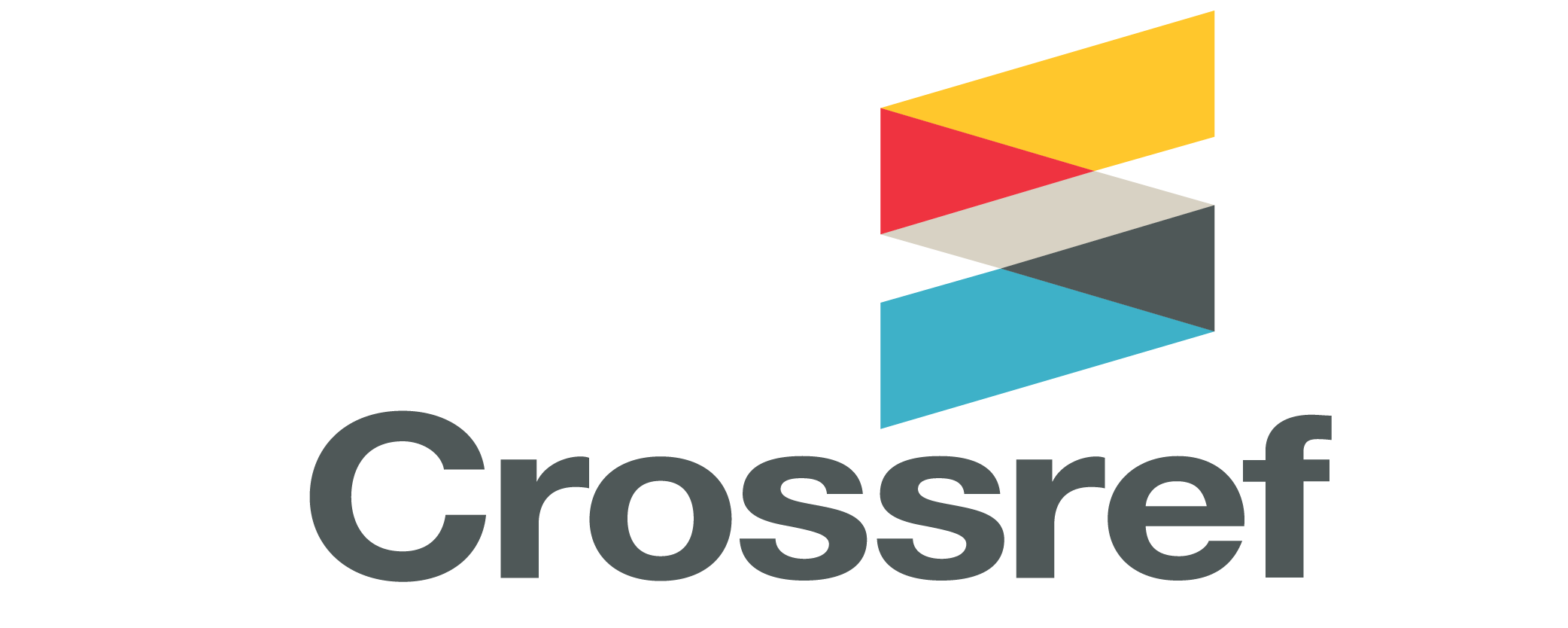Selection of the chance seedlings of `Mézes körte' (Pyrus communis L.) from the gene bank of Keszthely
Authors
View
Keywords
License
Copyright (c) 2018 International Journal of Horticultural Science
This is an open access article distributed under the terms of the Creative Commons Attribution License (CC BY 4.0), which permits unrestricted use, distribution, and reproduction in any medium, provided the original author and source are credited.
How To Cite
Abstract
We have concluded the selection tests of the `Mézes körte' seedlings planted in the spring of 2006, with special emphasis on the cotyledonary, foliage leaf and the height of plant. Out of the 75 seeds planted in rows, there were 40-45 pieces growing out, so during the first cotyledonary test we had to calculate with almost 40% decay. On 12th April 2006, we recorded some of the important characteristics of the seedlings in their cotyledonary stage which characteristics were important from the point of view of selection (cotyledonary form, cotyledonary length, cotyledonary thickness, cotyledonary colour, cotyledonary petiole length, cotyledonary petiole thickness, cotyledonary petiole colour). The above morphological characteristics are shown in Table No. 1-6. We have also tested the seedling in foliage leaf state, paying special attention on the development stage of the plants (colour of foliage leaf , height of plant). We have completed statistical calculations of the two above mentioned characteristics. The result of that is summarised in Table No. 8-9. The variation coefficient show smaller value in the case of the foliage leaf number (15-32%), while the wider range of spread of the data referring to the height of the plant is shown by the 33-61% CV values. On charts No 4-9. we present the relationship between the height of the plant and the number of foliage leaf, as well as the differences between the two graphs. Based on the above charts and graphs it can be defined that the 40% destruction of the developing seedlings during the period till the next measurement reached 70-80% level. In spite of this however some seedlings showed strong and balanced growth (A44, B42, C25, D16, E5, E39, F38), the further testing and selection of those is to be completed in the future.

 https://doi.org/10.31421/IJHS/13/1/689
https://doi.org/10.31421/IJHS/13/1/689










